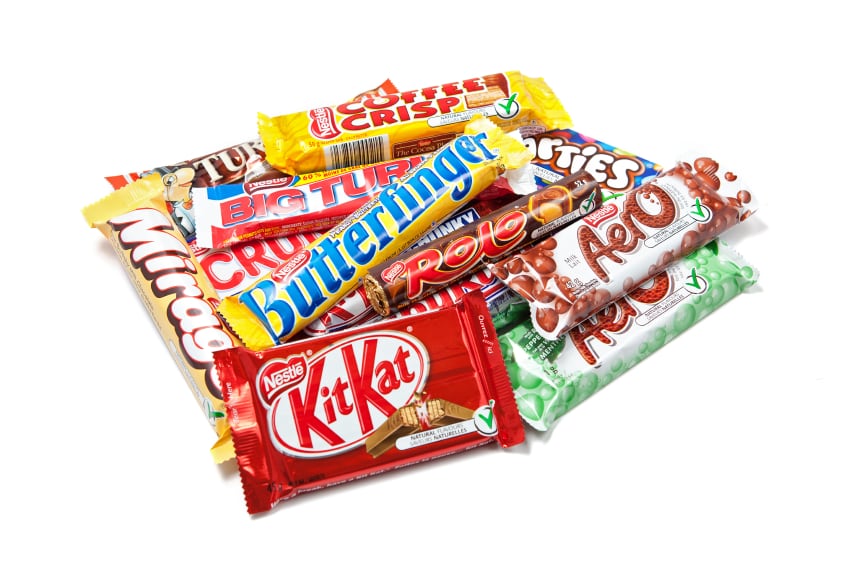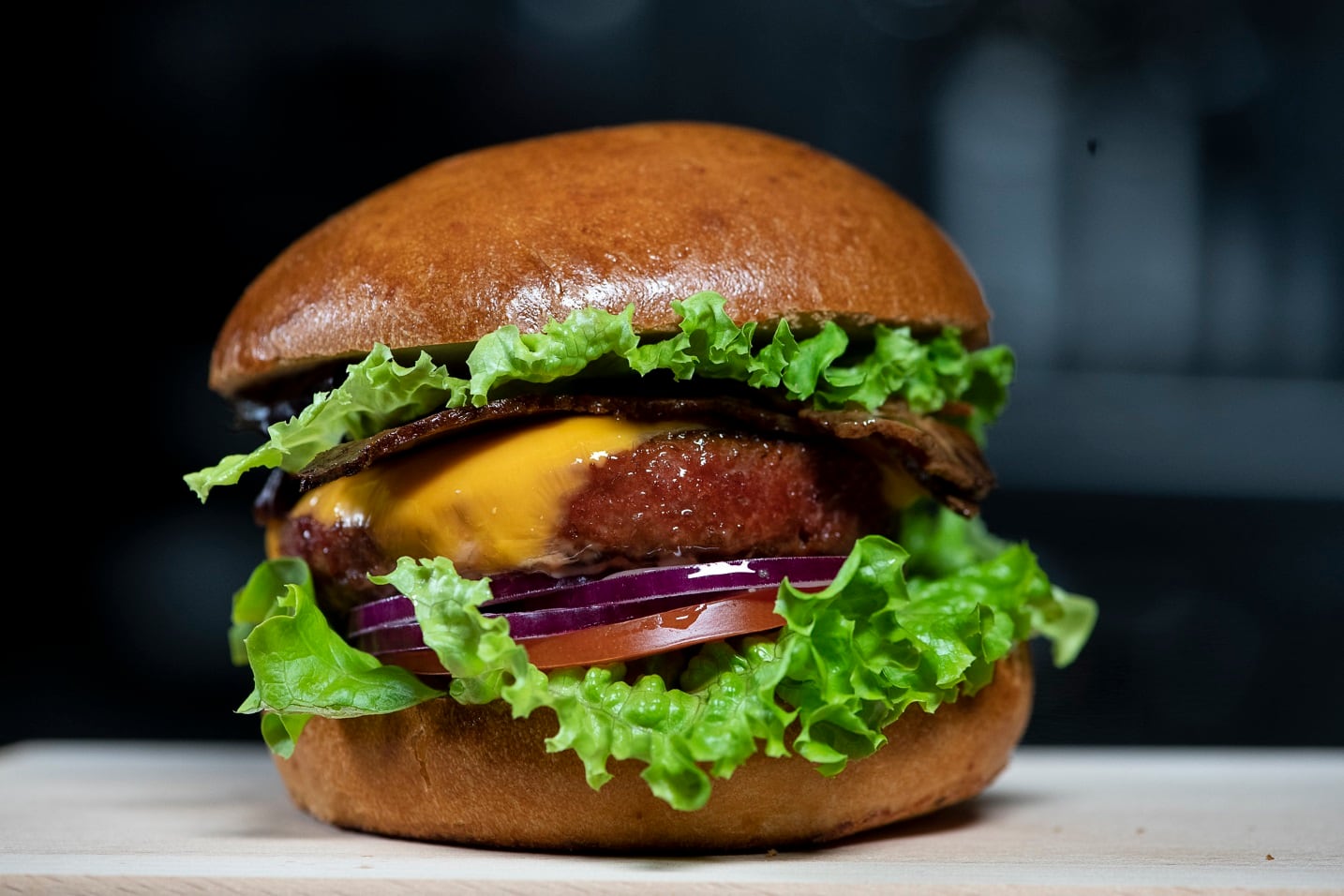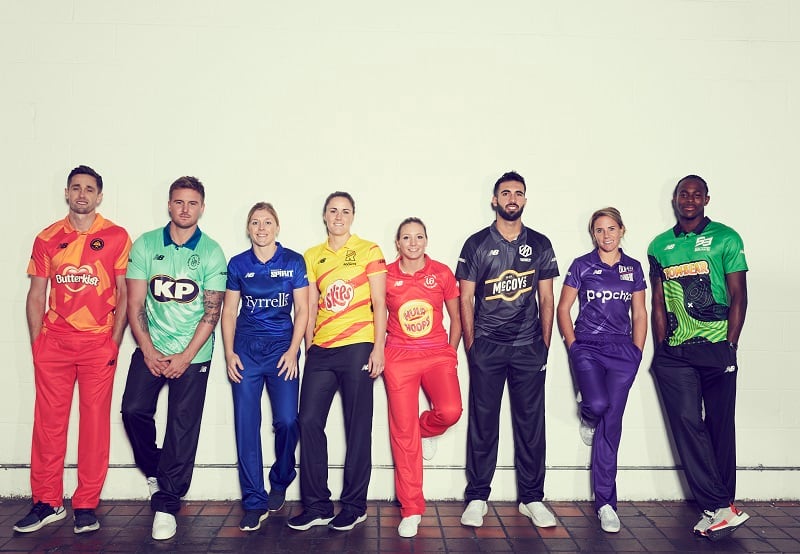Nestlé has announced that it will use the Nutri-score nutrition labelling in Austria, Belgium, France, Germany and Switzerland, starting in the first half of 2020. It follows the food giant’s announcement in June this year of its support for the labelling scheme in Europe.
The Swiss company will now implement Nutri-score across brands of its wholly-owned businesses over a two-year period. In total, more than 5,000 products in the five countries will feature Nutri-score.
Cereal Partners Worldwide, the international breakfast venture between Nestlé and General Mills, will also implement Nutri-score on its product packaging in the same countries.
Marco Settembri, CEO of Nestlé for Europe, Middle East and North Africa said: "Our ambition is to have one of the healthiest options in every product category we offer. Nutri-score will motivate us and help track our progress. I am proud that Nestlé is the first company to roll out Nutri-score at this scale in Europe. We now want to move quickly as we are sure this is the right way forward."
David Clark, President and CEO of Cereal Partners Worldwide added: "Our pursuit of a better breakfast is never finished. As leaders in the breakfast cereal sector, we can help everyone have a healthy, nutritious, and tasty start to the day with our cereals. Our consumers are at the heart of this quest – past, present, and future. That’s why we’re using Nutri-score to guide the development and communication of the nutritional value of our products."
Nestlé brands to feature Nutri-score include plant-based products from Garden Gourmet, Nesquik chocolate-flavoured milk, Buitoni pizzas, Nescafé coffee, Maggi culinary products and KitKat chocolate. Cereal Partners Worldwide will use Nutri-score on its breakfast cereals, including Fitness and Chocapic. Some products such as infant formula are out of scope or fall under separate regulations.
BEUC, the European Consumer Organisation, said the decision would assist in the region’s attempts to tackle its obesity crisis. Earlier this year the BEUC network launched a petition demanding the European Commission make Nutri-score mandatory across Europe.
Monique Goyens, Director-General of BEUC said: "Research conducted in several countries demonstrate that Nutri-score is currently the best-performing scheme in aiding consumers to make healthier choices. Therefore, we consider Nutri-score to be a major tool to contribute to tackling the obesity crisis.”
Nestlé's Settembri added: "With Nutri-score, we want to enable people to make informed decisions for healthier diets. We are also speeding up the transformation of our products and launching more products that have a better environmental footprint and contribute to a balanced diet. This includes more plant-based food and beverage options."
A contentious solution to the region’s obesity crisis
The Nutri-score system of displaying the nutritional value of food was developed in France and is being introduced to a number of other countries such as Belgium and Spain as Europe looks to combat its obesity crisis.
Germany’s food minister Julia Klöckner recently backed the system as Germany plans to establish a national voluntary food labelling scheme in the coming year. Her decision came after a long, often toxic debate in the country about clearer labelling of the sugar, fat and salt content in food.
Nutri-score classifies foods and beverages according to their nutritional profile by using a colour-coded system with a scale ranging from A (healthier choices) to E (less healthy choices).
According to Klöckner, the model itself will not solve the overweight problem, but it can make ‘a healthy choice the easy choice’.
“Nutri-score meets many of the requirements that formulate the consumer to an additional nutritional label,” she said. “It is at first glance detectable, easy to understand and uses the catchy, already learned colour world of a traffic light. The Nutri-score does not allow any conclusions about the composition of the nutritional values. Above all, consumers expect a summary rating that provides quick orientation. Further information can be found in the nutritional table and the list of ingredients.”
'Companies can play the system'
Critics complain the system discriminates against ‘healthy’ foods with a high-saturated content such as fish and olive oil. Some say the system is also susceptible to abuse from food companies wishing to mask potential health flaws in products.
“Producers of ultra-processed foods are able to engineer a way around the criteria because they can add a bit of fibre so they are able to tweak the scores, whereas producers of things like smoked salmon, cheese and ham can’t do that,” said Frederic Leroy, professor of food science and biotechnology at Vrije Universiteit.





